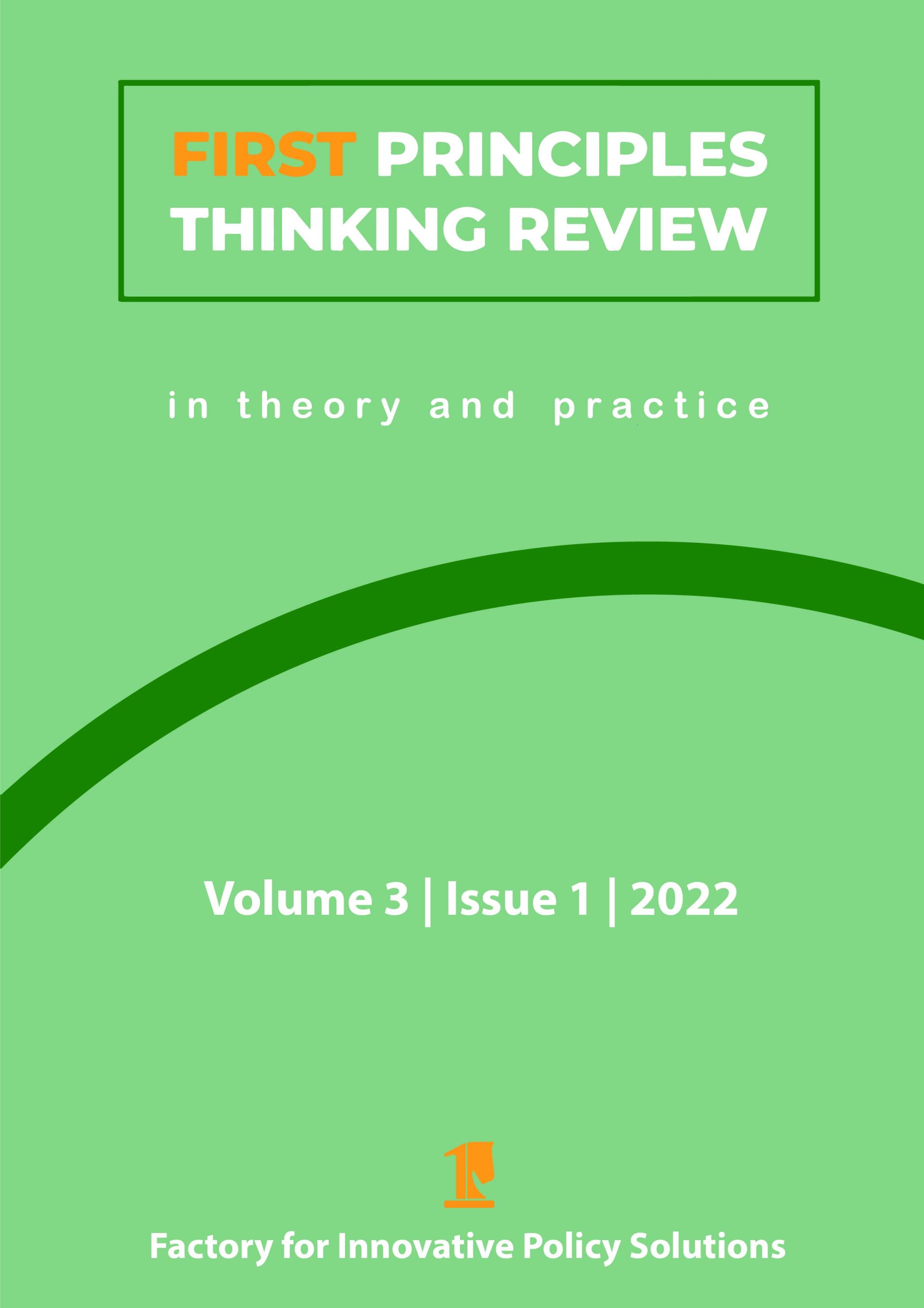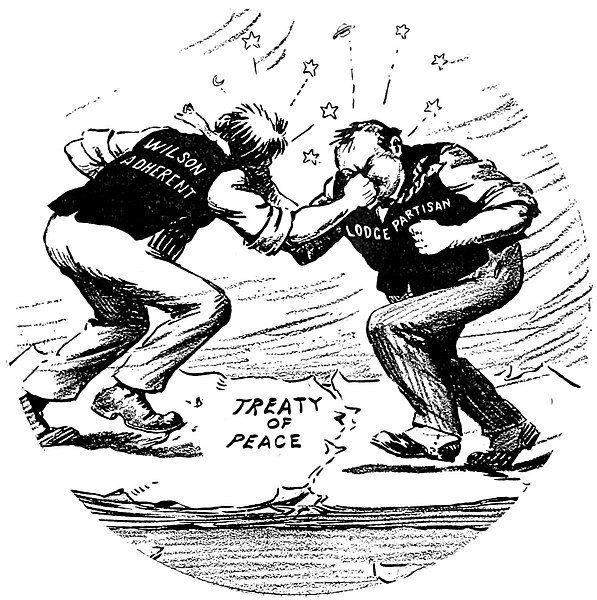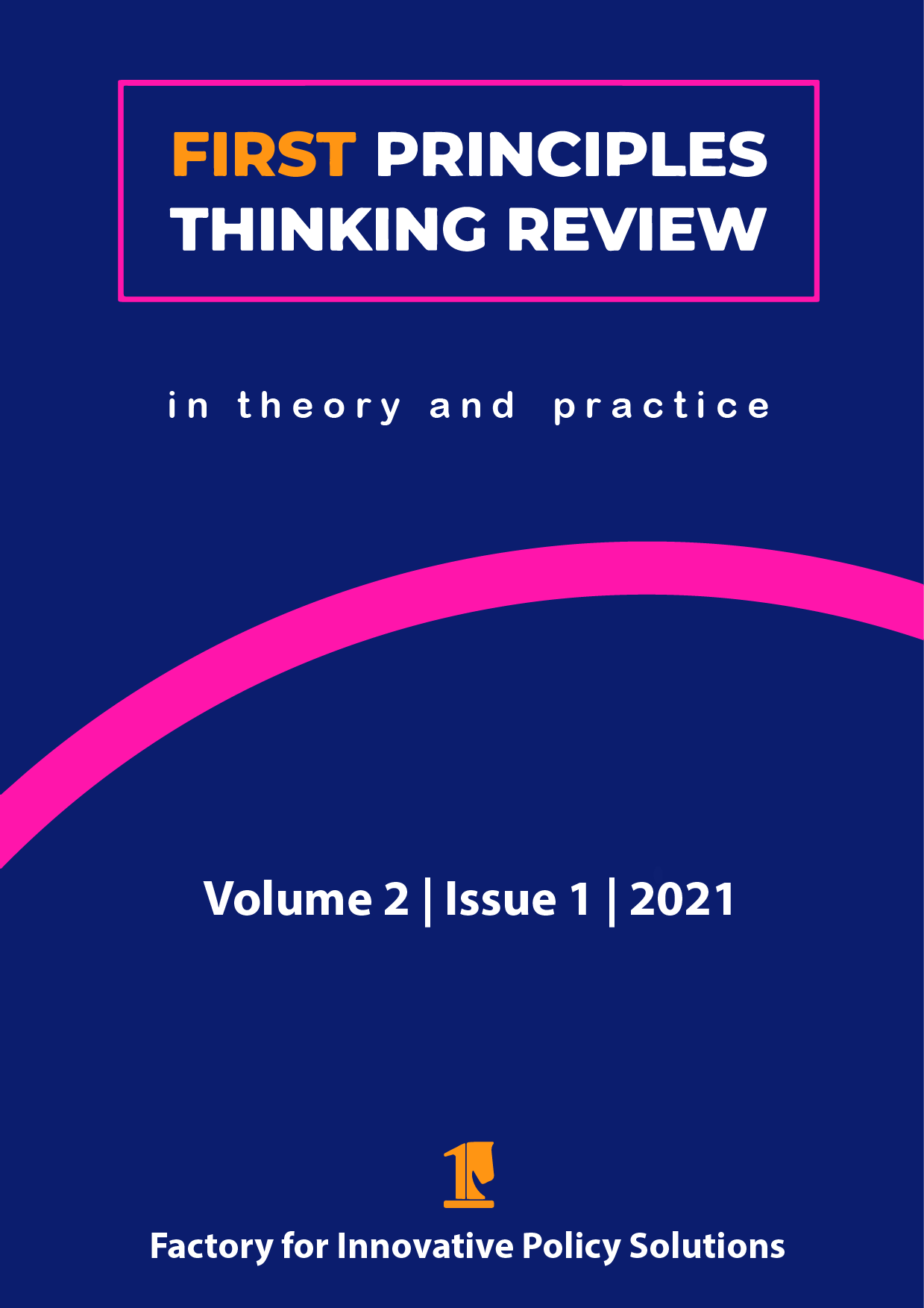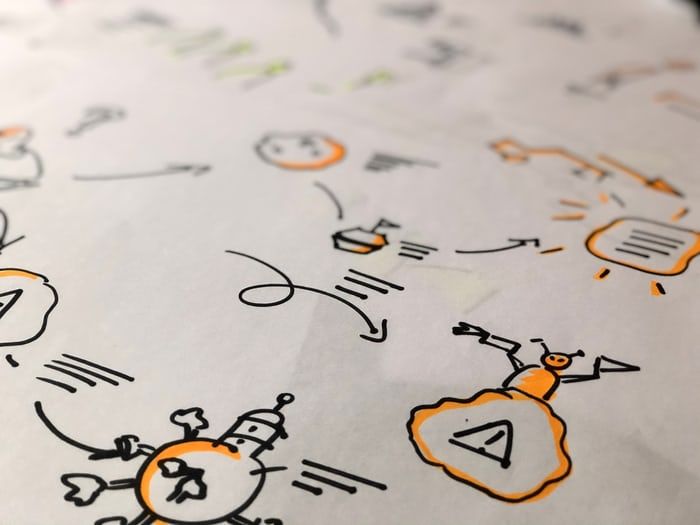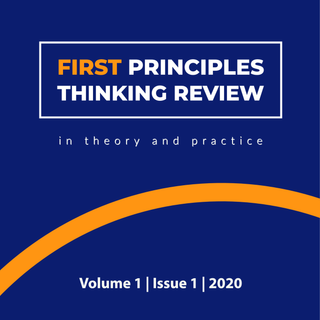FIPS Releases New Edition of “First Principles Thinking Manual”
A. Verkerk & K. Grass (2024) First Principles Thinking Manual:
How to Generate Innovative Solutions to Today’s Societal Challenges
Get Your Copy
Five years after the first edition, we are happy to announce a new edition of the First Principles Thinking Manual: How to Generate Innovative Solutions to Today’s Societal Challenges.
Drawing on your feedback, a number of workshops and article contributions, this updated edition offers new theoretical insights and practical examples for anyone looking to apply first principles thinking in their work.
You can download a promo version HERE.
During the first five years, thousands of readers have downloaded and used the Manual in their problem-solving endeavours. Thank you for your support and we hope this new edition helps you solve your toughest challenges with fresh, innovative thinking!
About the Manual
First Principles Thinking (FPT) is a process to come up with new solutions and approaches by way of reverse-engineering societal challenges. It encourages you to critically question your assumptions about the challenge and break it down into basic components, after which you ask more critical questions that will surely inspire new ideas.
The fundamentals of FPT originate from Ancient Greek philosopher
Aristotle, who used reason to make sense of the world. FPT has been further developed throughout the years, and is nowadays still being practised to innovate and solve problems, for example by
Lee Kuan Yew,
Elon Musk
and
Jeff Bezos.
However, contemporary works on FPT have not gone much further than simply listing a few action steps, which leaves much open to the intuition and interpretation of the applicant. For those who would like some more guidance, the
First Principles Thinking Manual outlines a 7-step process, additional insights and examples. In doing so, the manual also demonstratively applies each step to the challenge of
ensuring sufficient access to fresh water for residents of Cape Town, after which it invites readers to do the same for their own challenge.
Anyone can be a first principles thinker: students and professors, scientists and scholars, policymakers and philosophers as well as entrepreneurs or professionals from all fields and walks of life. All that is necessary is a passion for a problem to be tackled, an open and inquisitive mindset and the dedication to commit until innovative solutions are produced. If you believe that these qualities describe you, then we invite you to begin your journey to become a first principles thinker.
Contents
PART 1 - INTRODUCTION
1.1. The history and development of first principles thinking
1.2. Famous first principles thinkers
1.3. Common traits of first principles thinkers
1.4. When to use first principles thinking
1.5. What are societal challenges?
PART 2 - FIRST PRINCIPLES THINKING IN STEPS
2.1. Step I: Identify your objective
2.2. Step II: List the obstacles
2.3. Step III: Question your assumptions
2.4. Step IV: Uncover some first principles
2.5. Step V: Come up with new ideas
2.6. Step VI: Refine your ideas (optional)
2.7. Step VII: Select your solutions (optional)
PART 3 - FIRST PRINCIPLES THINKING COMPARED TO OTHER APPROACHES
3.1. Analogical thinking
3.2. Analytical thinking
3.3. Design thinking
3.4. Lateral thinking
3.5. Computational thinking
3.6. Moonshot thinking
3.7. Hypothesis-based thinking
3.8. First principles in abductive, deductive and inductive reasoning
PART 4 - APPLICATIONS OF FIRST PRINCIPLES THINKING
4.1. Individual level
4.2. Organisational level
4.3. Community level
4.4. Societal level
4.5. Research and education
4.6. First principles thinking in a team
PART 5 - FINAL REMARKS
5.1. Main lessons
5.2. Limitations (and how to deal with them)
5.3. Send us your feedback
PART 6 - ANNEXES
6.1. Key terms
6.2. Worksheets to apply steps 1-7 of first principles thinking
6.3. Summary overview of different approaches to problem-solving
PART 7 - REFERENCES
Testimonials from readers
- The manual provides a clear framework to practice FPT. The case-study as an example was super helpful.
- One of the things I love about the manual is the fact that it compiles research papers from different writers and thinkers using FPT.
- It feels like you can apply FPT to all sorts of issues.
Apply first principles thinking yourself?
Would you like to apply first principles thinking yourself and have your problem-solving experience published in the First Principles Thinking Review? Then be sure to check out the submission guidelines and send us your rough idea or topic proposal. Our editorial team would be happy to work with you to turn that idea into an article.
Share this page
Disclaimer : The views, thoughts and opinions expressed in submissions published by FIPS reflect those of the authors and do not necessarily reflect the views held by FIPS, the FIPS team or the authors' employer.
Copyrights : You are more than welcome to share this article. If you want to use this material, for example when writing an article of your own, keep in mind that we use cc license BY-NC-SA. Learn more about the cc license here .
What's new?

